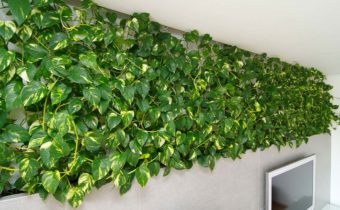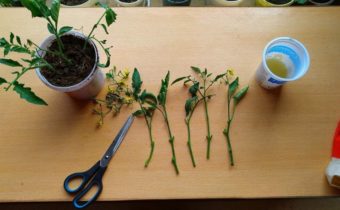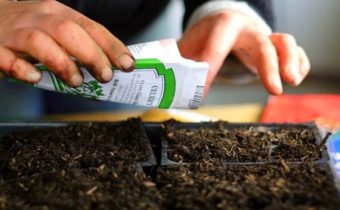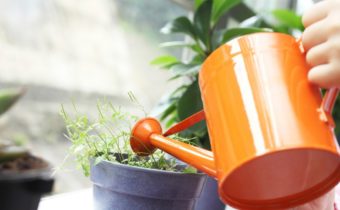The most effective ways to quickly germinate cuttings in water
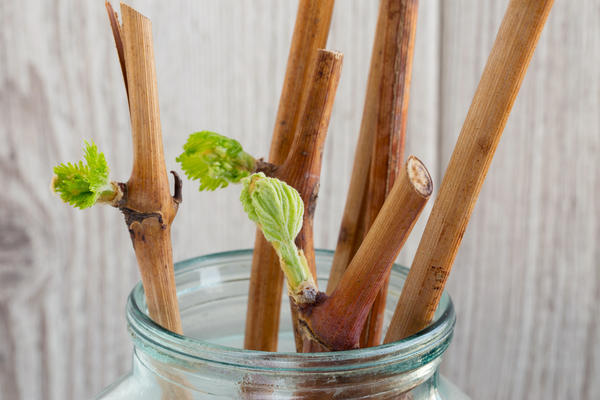
To accelerate rooting, cuttings do not need to use growth stimulants based on chemical preparations. There are natural remedies that stimulate root growth as well as chemicals.
Willow water
One of the oldest methods of rooting cuttings is the use of willow water. To get it, you need to put 4-5 willow rods (treated with alcohol) with a diameter of up to 6 mm in ordinary tap water, and wait until roots form on them (about 14-15 days). They can be planted in the garden, and the liquid can be used for rooting grape cuttings or processes of fruit bushes and trees.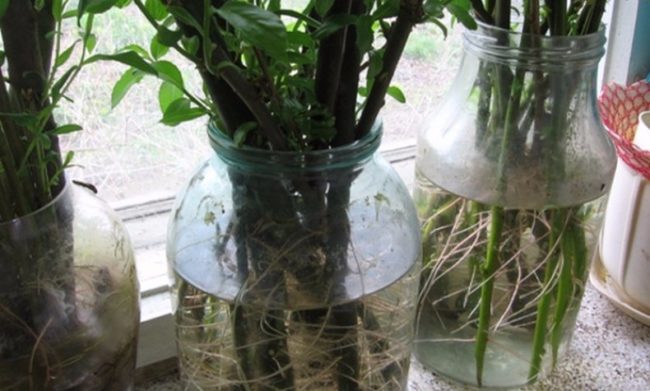
The essence of this technique is that willow is a source of salicylic acid. It is a natural anticoagulant and prevents the development of stress hormone in the stem, which is released at the time of cutting the branch. Therefore, the process of rooting starts quickly in willow water. This solution also contributes to the immunity of the future plant.
Yeast
Before putting the rods on germination, they must be kept in a yeast solution for 24 hours - 200 g of ordinary baking yeast per 2 liters of water. This fluid contains vitamins B, nitrogen and potassium, which contribute to the development of powerful rhizomes.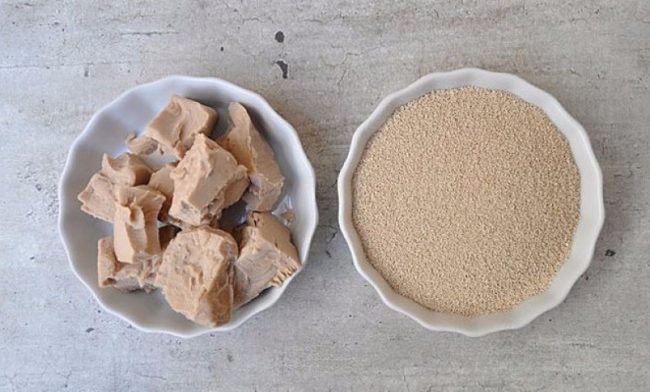
After soaking the rods in a yeast mixture, they can be immediately placed in a fertile substrate or in pure water for growing.
The yeast solution can also be used to feed planted garden seedlings or seedlings of garden crops.
Aloe
The most effective and simple growth stimulator is an aloe leaf extract. The juice of the house plant activates cell division and regenerates tissue. 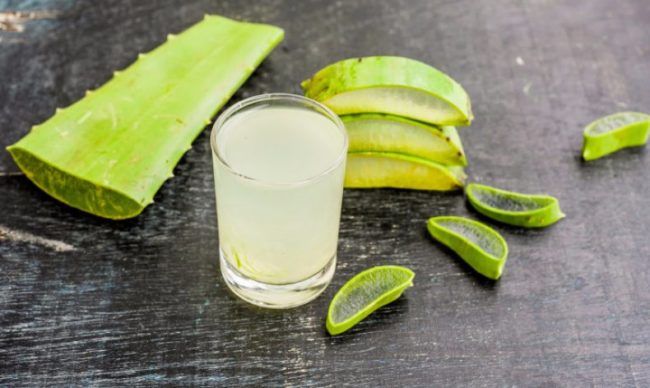 Aloe also strengthens the plant's immune system and nourishes it with beneficial ingredients. To prepare a natural stimulant, you need to cut off a few sheets of aloe at the base (over 3 years old) and rinse well. Dry with a cloth or paper towel and cut the whole rough part of the sheet with a knife. Through gauze from the jelly-like substance squeeze the juice. For 200 ml of water, 5-7 drops of juice should be used. Fragments of cuttings should be dropped into the obtained liquid and kept up to germination of roots on them.
Aloe also strengthens the plant's immune system and nourishes it with beneficial ingredients. To prepare a natural stimulant, you need to cut off a few sheets of aloe at the base (over 3 years old) and rinse well. Dry with a cloth or paper towel and cut the whole rough part of the sheet with a knife. Through gauze from the jelly-like substance squeeze the juice. For 200 ml of water, 5-7 drops of juice should be used. Fragments of cuttings should be dropped into the obtained liquid and kept up to germination of roots on them.
Honey
Honey along with water from under willow twigs and aloe is a natural effective stimulant.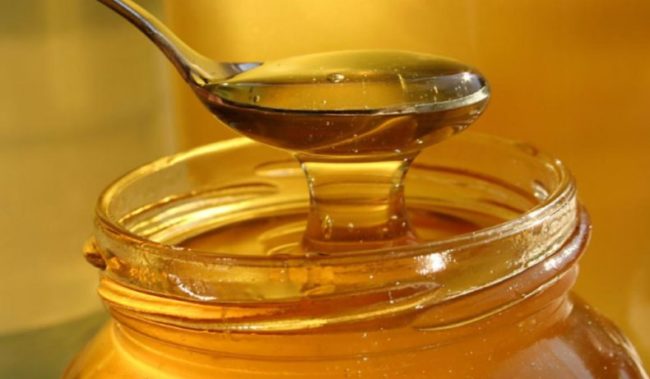
This method is easy to prepare a solution - 1 tsp. any honey dilute 1500 ml of warm water. Immerse fragments of twigs in the liquid for 12 hours, and after infusion, planting material can be placed in plain water or planted in a nutrient substrate. Honey solution has the following properties:
- antimicrobial and immunostimulating;
- immunomodulatory and antiseptic.
Honey solution relieves stress and nourishes the plant during grafting.
Potato tubers
This technique is used even on plants with weak cuttings. The essence of the method lies in the fact that it is necessary to take only the largest and healthiest potatoes, and cut holes in them in place of the eyes. In the prepared tubers need to insert cuttings, and bury them in fertile soil. Cover the ground with a glass container or place it on the landing site of the arc on which to stretch the plastic film. In the greenhouse environment with regular watering on the fragments of planted plants rather quickly roots are formed. 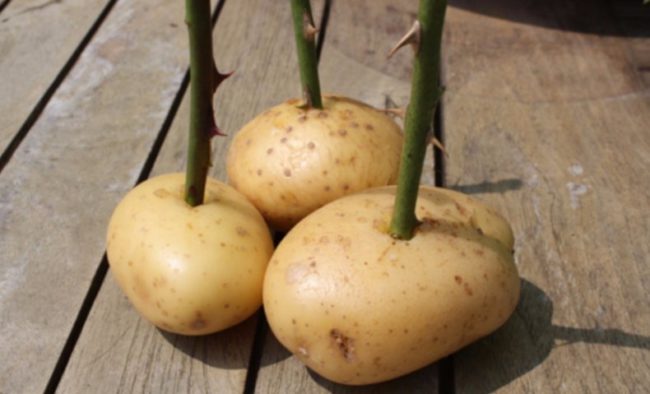
Tucked into the tuber stalk gets from the potato vitamins and minerals, starch, which is very necessary time grafting.
You can also use another method, where the potato acts as a concentrate for slices cut in autumn. Cut the cuttings into the tubers, wrap them in paper and put them in a cool place (refrigerator) until spring, then remove the paper and land in the ground under the film cover.
The cuttings in natural stimulants ensure the rapid growth of the root system, and also strengthen the immunity of the future plant. These methods are time tested and give excellent results.


